Peso puertorriqueño: Puerto Rico Monetary History
Puerto Rico Monetary History
From the time of Puerto Rico was discovered in 1493, to 1899,
when the US exchanged the Puerto Rican “peso” to the dollar,
the coins of many countries circulated freely in the island.
During the colonization of Puerto Rico,
the money that was used in Puerto Rico, was that of Spain.
Beginning in the 17th century, the provincial currency (silver) minted
in the Casa de Moneda de Madrid,
in the denominations of 1 peso, 40 cents, 20 cents, 10 cents and 5 cents.
These five denominations had a common design,
with the figure of Alfonso XIII (1886 – 1931) boy by a side and the
other the shield of Spain, with the real crown between the two columns
of Hercules and the Puerto Rico inscription.
Coins
5 Centavos de Peso
Units: 600.000 coins were minted in its first year of production, 1895 Puerto
Rico PG V
Material: Silver 835/1000
Weight: 1,25gr
Diameter: 16,5mm
Estimated Value $100-$125
10 Centavos de Peso
Units: 700,000 coins were minted in its first year of production, 1895 Puerto
Rico PG V
Material: Silver 835/1000
Weight: 2,5gr
Diameter: 18,5mm
Estimated Value $100-150
20 Centavos de Peso
Units: 3. 350.006 coins were minted in its first year of production, 1895 Puerto
350.006 coins were minted in its first year of production, 1895 Puerto
Rico PG V
Material Silver 835/1000
Weight: 5gr
Diameter: 23,5mm
40 Centavos de Peso
Units: 752.002 coins were minted in its first year of production, 1895 Puerto
Rico PG V
Material: Silver 835/1000
Weight: 10gr
Diameter: 31mm
Estimated Value $300-400
1 Peso
Units: 8.500.021 coins were minted in its first year of production, 1895 Puerto
Rico PG V
Material: Silver 900/1000
Weight: 25 gr
Diameter: 37,5mm
Spanish and American currencies of 1898
Interesting Fact:
The one of Spain it was worth 5 pesetas and the American 1 dollar.
From 1895-96 the Puerto Rican provincial peso was in circulation,
but at the beginning of the 20th century an interchange took place,
paying 60 cents of a dollar, which created a serious problem to
investors, banks and the economy in general.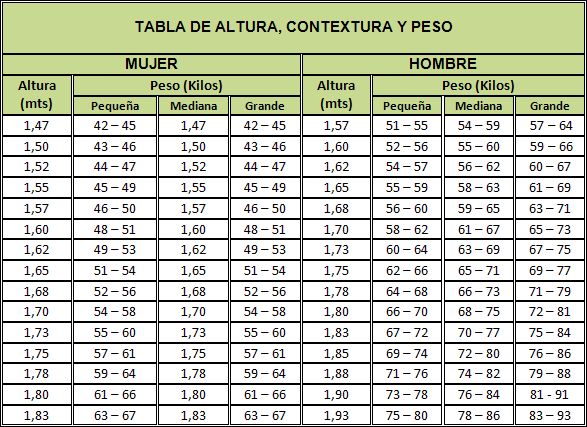
The Puerto Rican currency had more value, in silver, that the one from the
USA, but this one was endorsed in gold and the Puerto Rican only by its own
weight in silver. In the end the Puerto Rican peso was fused to make the
dollar of 1902.
Notes/Bills
The Puerto Rican 5 pesos, series D, of the Spanish
Bank of Puerto Rico. The bank was founded on 1888, of private capital and it
had license from the Spanish government to issue notes during 25 years
(1888-1913). After the Spanish-American War the bank was renamed
Bank of Puerto Rico. The front shows the head of Queen Maria Cristina.
The Puerto Rican bilingual note of 200 pesos or dollars. This note
was issued by the Bank of Puerto Rico (Bank of Porto Rico)
just a short time after the cession of the Island.
The Treaty of Paris forced the United States to respect all licenses
or effective concessions, reason why the Bank of Puerto Rico, old
Spanish Bank of Puerto Rico, continued this operation
until its liquidation in 1913.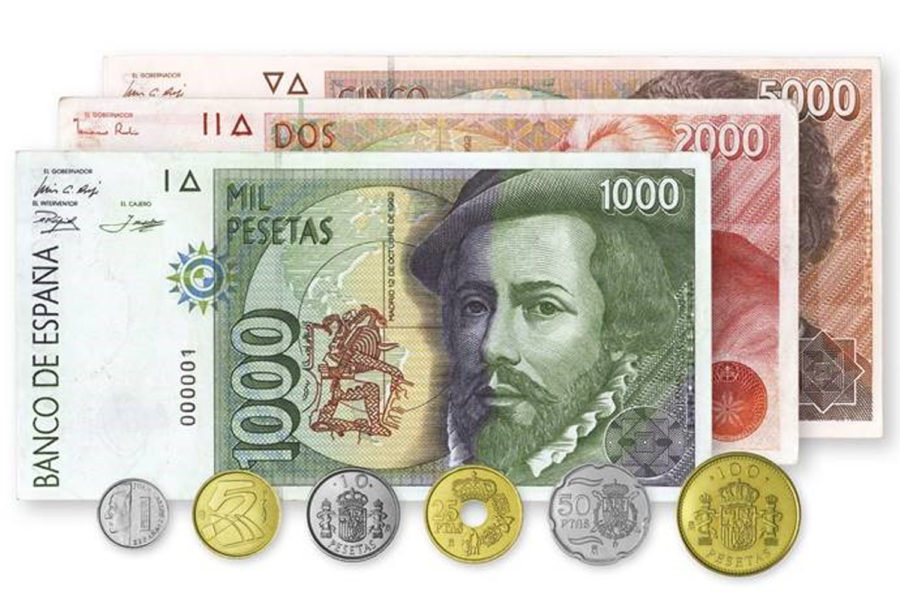 In the beginning, the Bank of Puerto
In the beginning, the Bank of Puerto
Rico reprinted Spanish bills with red ink with the phrase
“American currency”. The reprinted Spanish bills were those that
had the Paschal Lamb, instead of Queen Maria Cristina.
Interesting Fact
After one hundred years of use of the United States monetary system,
Puerto Ricans still refer to the dollar, as the “peso”;
to “quarter” (25 cents), as “peseta”;
to “nickel” (5 cents), as “vellon” or “ficha” and
to the cent, as “chavo” or “perrita”.
Glossary
mint: a place where coins, medals, or tokens are made
Sources
- De la Peseta al Euro: Camino Hacia la Unión
- Isla de Puerto Rico – 5 Centavos Peso, 1896
- Moneda y Numismatica en Puerto Rico
- Monedas de Alfonso XIII
- Puerto Rico 1890-1898
museo3.htm
museo3.htm
1898 La Guerra Hispano
Americana en Puerto Rico – 1898 The Spanish American War in Puerto Rico
El Museo del 98
Sala Jorge L.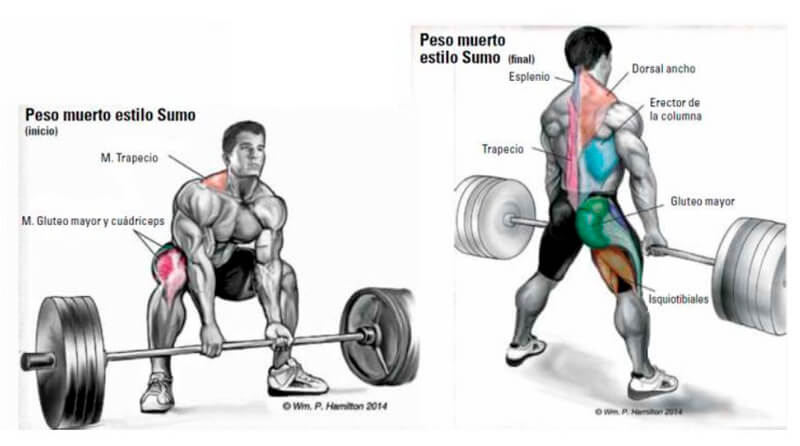 Crespo
Crespo
Numismática
El Sr. Jorge L. Crespo es presidente de la Sociedad
Numismática de Puerto Rico y autor de varios artículos
periodísticos sobre el tema. Su “sala” está dedicada
a la numismática de la época.
Moneda tipo “pilares”
o “dos mundos”
Moneda tipo “pilares” o “dos mundos”
de ocho reales Carlos III, de 1769. Esta es la típica moneda que
se recibía en Puerto Rico bajo el Situado Mexicano. El Situado Mexicano
era una especie de subsidio que enviaba desde 1586 a 1809 el Gobierno Español
para poder pagar la administración y obras públicas, sobre
todo las obras de defensa. Este subsidio tenía una importancia vital
en la economía local en todos los niveles.
Peso Provincial
El peso provincial de Puerto Rico fue emitido entre
los años 1895 y 1896. Ante la presión de los tiempos, el gobierno
español aceptó otorgar a Puerto Rico el privilegio de contar
con moneda propia, exclusivo de provincia autónoma. Tenía
5 denominaciones: el peso de 5 pesetas y peseta de 20 centavos en 1895 y
las monedas de 40, 10 y 5 centavos en 1896.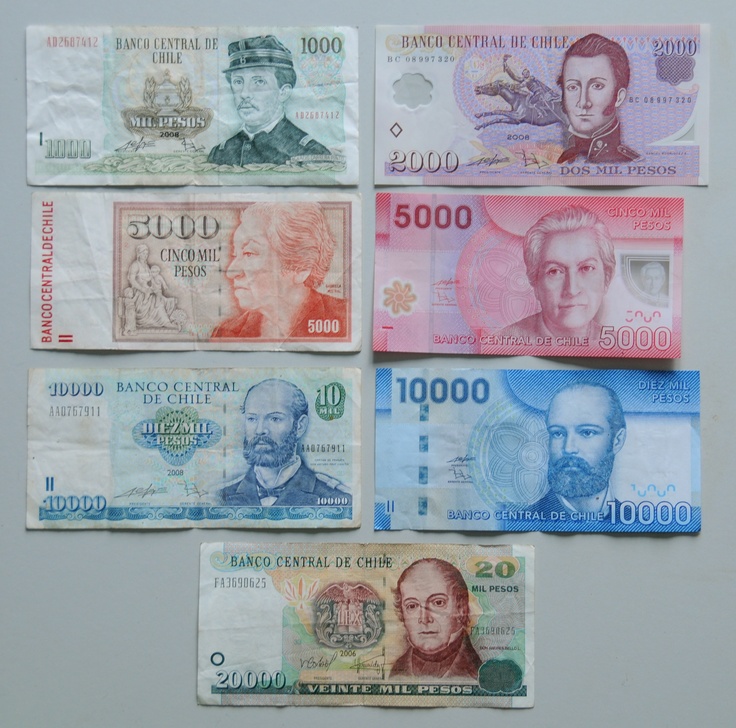
Con el cambio de soberanía, se devaluó
el peso provincial perdiendo el 40 % de su valor, hecho que afectó
sobre todo a la clase media y obrera. Para 1901 estas monedas ya habían
sido sustituidas por la americanas.
Moneda Americana
Moneda americana de plata de cincuenta centavos. En
el siglo pasado era común y aceptado la circulación de monedas
de latinoamérica y Estados Unidos. Desde finales de 1884 hasta marzo
de 1885, por órdenes del gobernador Luis Dabán, a todas las
monedas de plata circulantes se las marcó con una flor de lis (símbolo
de la monarquía española, Borbones) para indicar que eran
puertorriqueñas (la flor de lis se puede notar debajo de la primera
A de América). Las monedas se agujereaban para evitar que fueran
aceptadas fuera de Puerto Rico y así no perder el poco dinero circulante.
Billete de 5 pesos
del Banco Español de Puerto Rico
Anverso y reverso del billete de 5 pesos, serie D,
del Banco Español de Puerto Rico.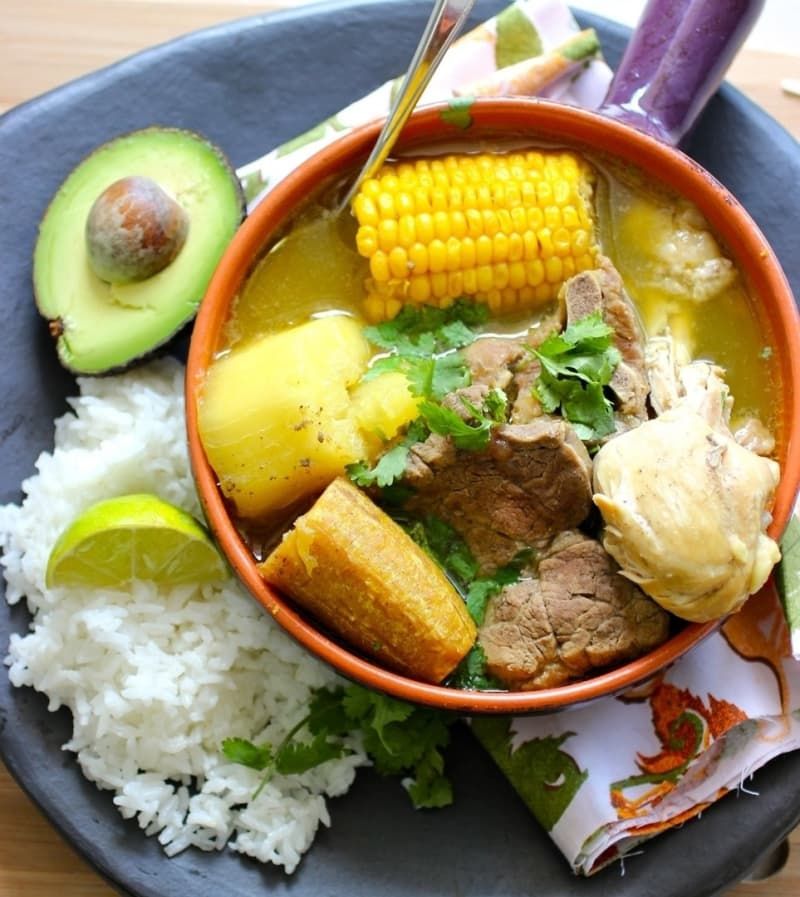 Fundado en 1888, era de capital
Fundado en 1888, era de capital
privado y tenía licencia del gobierno español para emitir
billetes durante 25 años (1888-1913). Después de la guerra
se llamaría Banco de Puerto Rico. La efigie es de la Reina Regente
María Cristina.
El peso puertorriqueño
Billete bilingüe de 200 pesos o dólares.
Este billete fue emitido por el Banco de Puerto Rico (Bank of Porto Rico)
poco tiempo después de la cesión de la Isla. El Tratado de
París obligó a los Estados Unidos a respetar toda licencia
o concesión vigente, por lo que el Banco de Puerto Rico, antiguo
Banco Español de Puerto Rico, continuó esta operación
hasta su liquidación en 1913. Al principio, el Banco de Puerto Rico
utilizó billetes españoles resellados con tinta roja con la
frase “moneda americana”. Los billetes españoles resellados
eran los que tenían el Cordero Pascual, no los de la efigie de la
Reina Regente María Cristina.
Tras cien años de vigencia del sistema monetario
norteamericano en Puerto Rico, se le continúa llamando al dólar,
“peso”; al “quarter” (25 centavos de dólar),
“peseta”; al “nickel*” (5 centavos), “vellón*”
y al centavo, “chavo” o “perrita”.
*Nota: En algunas áreas de la Isla a
la moneda de 10 centavos (“dime”) le llama “vellón”
y a la de 5 centavos (“nickel”), “ficha”.
-Ver otras monedas
en la “Sala” Harry Jiménez Molina-
Para saber más sobre la numismática puertorriqueña
visitar la página: Moneda
y Numismática en Puerto Rico y Catálogo
numismático: Monedas acuñadas por España en Puerto
Rico, Filipinas y las utilizadas en España desde 1889 hasta las perdidas
de las últimas colonias en Ultramar 1898.
Noticias
de la Sociedad Numismática de Puerto Rico
Deseamos por este medio extender a todos los lectores de esta página
una invitación a unirse a la Sociedad Numismática de Puerto
Rico. Por una módica cuota pueden participar de nuestras reuniones
mensuales, charlas, subastas y recibir un boletín mensual y la revista/anuario
especial de NUMIEXPO.
Pueden escribir al Sr. Humberto Costa (Tesorero) al Apartado 194636,
San Juan, Puerto Rico, 00936-4636, llamar a Jorge Crespo (Presidente) al
751-0178, extensión 7371, o enviar un e-mail a la dirección
ac_jcrespo@suagm1. suagm.edu.
suagm.edu.
Está disponible al público la revista/anuario, NUMIEXPO-98,
que tendrá este año varios artículos sobre el 1898
y la numismática puertorriqueña.
-Volver al Museo- / -Volver a Inicio-
| 1 | 2 | 3 | 4 | 5 |
|---|
| 1 | 2 | 3 | 4 |
|---|
Maybe you will be interested in these coins
20 Centavo First Portuguese Republic .![]() ..
..
in group 3 coins
/ 2 prices
1 Peso Philippines Silver
in the group 4 coins
/ 4 prices
2 Geller Austria-Hungary (1867-1918) Bronze
in the group 5 coins
/ 80 prices
Latest updates
2022-04-27
nine0021 – Live Coin Catalog improvements / description improvements
1 coin description was improved from 2022-04-20 to 2022-04-27
One of them:
10 Centesimo Republic of Panama Nickel/Me…
in group
2022-04-20
– Improvements to the Live Coin Catalog / grouping of coins
nine0004
3 coins were grouped from 2022-04-13 to 2022-04-20
One of them:
1 Nickel / 5 Cent US (1776 – ) Nickel/M. ..
..
in group
63 coins
/ 41 prices
⇑
You might be interested in …
Coin Market
Dynasty tree and coins
Valois dynasty
Test yourself!
Puzzle coin
Coin prices
- Deutsch
- English
- Español
- Francais
- Italiano
- Russian
nine0174 - Ukrainian
- 汉语
hobbyray |
Currency of Puerto Rico – banknotes, where to exchange, course features
MONEY, CURRENCY EXCHANGE US dollar (USD, US$) equal to 100 cents.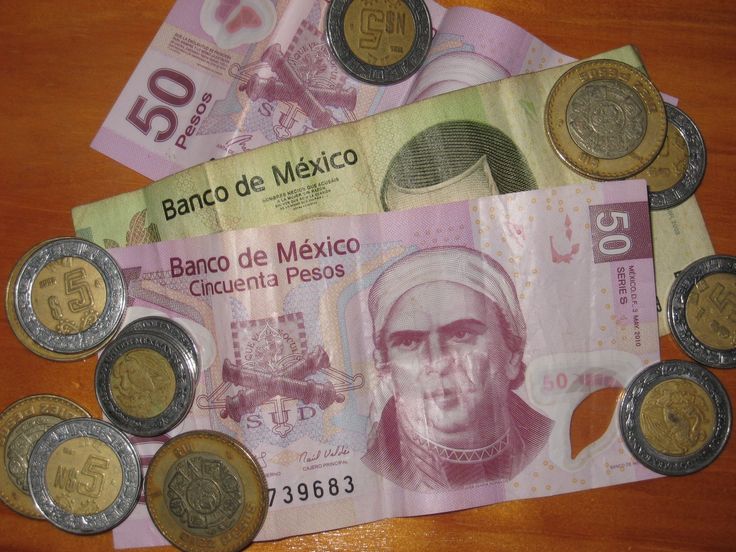 In circulation are denominations of 1, 2, 5, 10, 20, 50 and 100 dollars, coins – pennies (1 cent), nickel (5 cents), dime (10 cents), quarter (25 cents), half-dollar (50 cents) and 1 dollar. The US dollar is often referred to as the “peso” on Puerto Rican price tags. Banks are open from Monday to Friday from 08:30-09:00 to 14:30-15:30 (working hours may vary). Foreign currency can be exchanged at banks and specialized exchange offices. Credit cards have virtually unlimited uses. There are many ATMs in all major cities, and some of them, usually designated ATH (“a todas horas” – “at any hour”), located in banks, supermarkets, casinos and most large hotels) operate around the clock. In the province, the use of credit cards is somewhat limited, but not impossible – they are accepted for payment in most transport and travel agencies, hotels and large stores. Traveler checks can be cashed in almost any bank office, which will require, in addition to the check itself, identifying documents (passport, credit card, driver’s license, etc.
In circulation are denominations of 1, 2, 5, 10, 20, 50 and 100 dollars, coins – pennies (1 cent), nickel (5 cents), dime (10 cents), quarter (25 cents), half-dollar (50 cents) and 1 dollar. The US dollar is often referred to as the “peso” on Puerto Rican price tags. Banks are open from Monday to Friday from 08:30-09:00 to 14:30-15:30 (working hours may vary). Foreign currency can be exchanged at banks and specialized exchange offices. Credit cards have virtually unlimited uses. There are many ATMs in all major cities, and some of them, usually designated ATH (“a todas horas” – “at any hour”), located in banks, supermarkets, casinos and most large hotels) operate around the clock. In the province, the use of credit cards is somewhat limited, but not impossible – they are accepted for payment in most transport and travel agencies, hotels and large stores. Traveler checks can be cashed in almost any bank office, which will require, in addition to the check itself, identifying documents (passport, credit card, driver’s license, etc. ). To avoid additional costs associated with fluctuations in the exchange rate, it is recommended to take checks in US dollars with you (travel checks in other currencies can only be cashed at major banks). nine0004
). To avoid additional costs associated with fluctuations in the exchange rate, it is recommended to take checks in US dollars with you (travel checks in other currencies can only be cashed at major banks). nine0004
Nearest offices of the network of travel agencies “Come with us” Kyiv
st. Degtyarevskaya 11,
Metro Lukyanovskaya
+380(97)218-10-10
+380(66)218-10-10
+380(93)2 Mon18-10-10
09:00 – 20:00
Sat: 10:00 – 18:00
Sun: 10:00 – 18:00
More
st. Dreiser, 40
Metro Pochaina
+380(93)170-20-06
+380(67)250-55-83
+380(50)358-68-03
Mon-Fri: 09:00 – 19:00
Sat: 10:00 – 15:00
Sun: closed
More
st. Marshal Timoshenka 9
Metro Minsk
+380(63)199-31-70
+380(99)731-71-86
Mon-Fri: 10:00 – 19:00 Sat
Sun: closed
Read more
or
Login with social networks
0004
What does registration give you?
You can leave feedback about your trips with Come with us
Add hotels to Wishlist
Compare hotels and tours
Track prices for hotels you like
Password must be more than 6 characters and contain at least one number ( 0–9)
What does registration give you?
You can leave feedback about your trips with Come with us
Add hotels to wishlist
Compare hotels and tours
Track prices of hotels you like
Enter your email address you registered with, we will send you a link to reset your password
Your opinion is very important to us.
 0
0